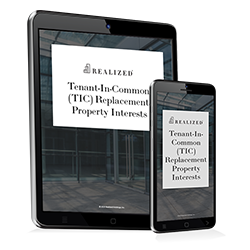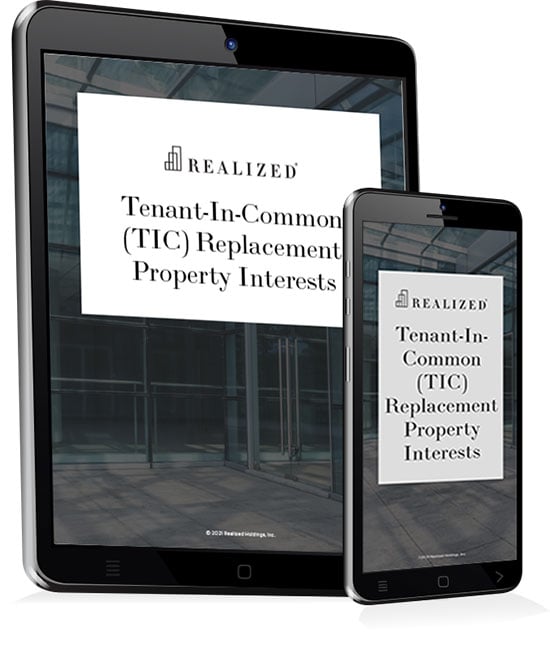
Tenant in common (TIC) is a property ownership structure where two or more investors jointly hold title to real property assets.
Some important considerations come with this type of ownership arrangement. Ownership shares don’t have to be equal, and each owner is free to divest his or her shares independently of other owners. Unlike a joint tenancy, there is no right of survivorship in a TIC -- co-owners can bequeath their shares to an heir of their choosing.
That last fact can be especially important for estate planning since TIC owners can choose who gets their ownership shares upon their passing. However, it also can bring about problems if the bequeathed has no interest in owning real estate and instead wants to dissolve the TIC agreement and cash out his or her shares. Depending on the circumstances, a dissenting TIC owner can actually force the sale of jointly-held real property if they do not want to remain property owners.
Tenant In Common and Petition to Partition
In a tenancy in common, co-owners are bound by certain organizational rules. Among them is the fact that they cannot sell their jointly held real estate without securing unanimous consent among all owners. Co-owners in a TIC can, however, sell their ownership interests in a piece of property without the approval or consent of other owners.
This can pose problems for existing co-owners, who could get stuck with a less-than desirable co-owner. There are some workarounds available -- the other owners can buy out a dissenting owner’s shares. They also can come to an agreeable resolution through mediation.
Co-owners who aren’t at loggerheads with each other can request that a court legally subdivide the property among TIC members so each can move forward independently. This process is called a partition in kind. However, when an amicable agreement can’t be reached among TIC owners, and one or more owners wants to dissolve the TIC arrangement, the dissenting owners can legally force a court-ordered sale of the asset in a process called petition to partition.
Co-owners who can’t “meet in the middle” and work together due to an adversarial relationship could find themselves watching a court-ordered auction of the asset on the steps of the county courthouse. All proceeds will be divided among owners according to his or her pro-rata share of the asset.
The Bottom Line
Change is inevitable. Investors who enter into a TIC ownership agreement should cast a careful eye toward the near and long-term future, since change is bound to happen and there’s no guarantee that any transitions in ownership will be agreeable to existing owners.
Co-owners can develop opposing interests for a variety of reasons and can pursue dissolution of the tenant in common ownership agreement through the courts in a partition to petition when an amicable solution can’t be reached.
This material is for general information and educational purposes only. Information is based on data gathered from what we believe are reliable sources. It is not guaranteed as to accuracy, does not purport to be complete and is not intended to be used as a primary basis for investment decisions. It should also not be construed as advice meeting the particular investment needs of any investor. Realized does not provide tax or legal advice. This material is not a substitute for seeking the advice of a qualified professional for your individual situation.



